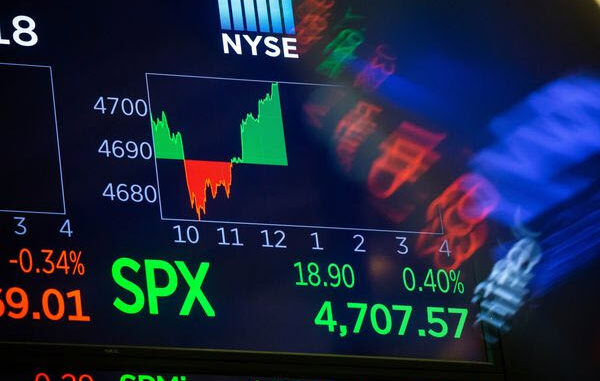
In October Japanese consumer price growth accelerate to a four-decade high as the national currency weakened further and import-cost pressures grew, according to government data released Friday.
the report showed the nationwide consumer price index (CPI) rose 3.6% year over year, the fastest it had risen since 1982. Economists had been predicting a 3.5% rise, which still would have been a substantial increase over September’s 3% increase.
The rise in the measure, which includes volatile oil prices, but excludes fresh food, showed that inflation continued to run above the Bank of Japan’s 2% target rate for the seventh month in a row.
The report noted that the prices of imported food continued to be driven up by foreign supply constraints, as have the prices of commodities and manufacturing parts. The depreciation of the national currency, the yen, which has lost 20% against the dollar just this year, has added to the inflation.
The CPI report showed that 406 of the 522 items which were examined in the data were more expensive in October of 2022 than they were in October of 2021. In September, only 385 of those items were more expensive than a year prior.
Food prices, excluding perishables, rose by 5.9%, marking the fastest rise for that component in 40 years, while energy prices soared 15.2% year over year.
88% of food items saw their prices increase over the previous year, led by alcoholic beverages like beer and sake. Household durable goods were up by 11.8%, marking the biggest jump seen since March of 1975.
Average prices for fiscal year March 2023 are forecasted by the Bank of Japan to be 3% higher than in 2021-2022, however the rise for 2023-2024 is forecasted to only be half as large.
Regulators on Thursday said they intend to maintain monetary stimulus, in pursuit of wage growth and “sustainable and stable” inflation as they keep long-term interest rates at near-zero, while keeping the short-term rate negative-0.1%.
The Daily Financial Trends



